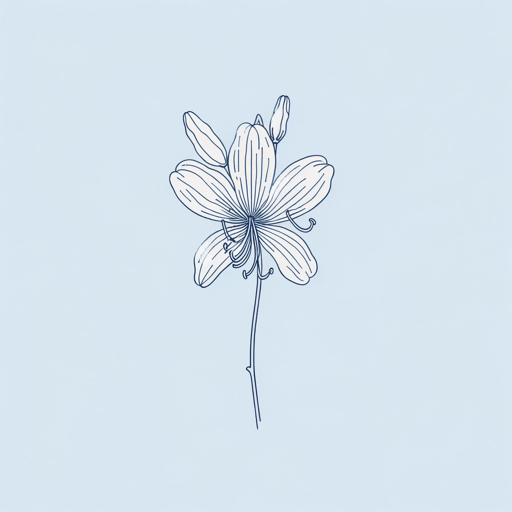15 pages • 30 minutes read
John KeatsMeg Merrilies
Fiction | Poem | Adult | Published in 1818A modern alternative to SparkNotes and CliffsNotes, SuperSummary offers high-quality Study Guides with detailed chapter summaries and analysis of major themes, characters, and more.
Poem Analysis
Analysis: “Meg Merrilies”
By using the traditional poetic form of the ballad, John Keats evokes the lean, rustic lifestyle of his heroine, Meg Merrilies. The first stanza establishes Meg as a “Gipsy”; for the Romantics, a picturesque ideal of independence. A nomadic and staunchly anti-establishment ethnic minority, the Roma suffered a long history of ostracization and oppression in mainland Europe. Keats idealizes this experience as a hard-bitten life of freedom from the rules. He sets up playful inversions by listing Meg’s equivalents to a “civilized” lifestyle. She slept not on a bed but the turf, and paradoxically her “house” was the absence of a house: the outdoors.
Her food, mentioned in Stanza 2, carries on the theme. Apples and currants are the products of human cultivation. Edible apples are best produced in orchards, while currants—dried berries—were ingredients in labor-intensive dishes like puddings, mincemeat, and jams. Most importantly, the production of both requires constant inhabitation of one place. Orchards can take decades to cultivate; currants were associated with the English cottage lifestyle. Meg, in contrast, did not farm or cook; she foraged, dining on blackberries and broom beans and drinking the “wine” of dew on roses. She visited graveyards too, further establishing her as a liminal presence on the margins of society.
Related Titles
By John Keats

Endymion: A Poetic Romance
John Keats
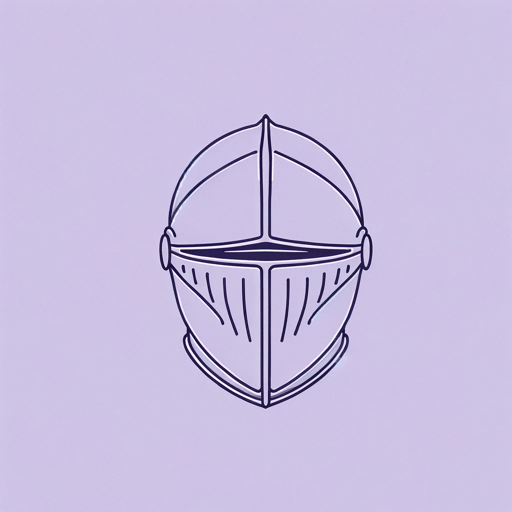
La Belle Dame sans Merci
John Keats

Ode on a Grecian Urn
John Keats

Ode on Melancholy
John Keats
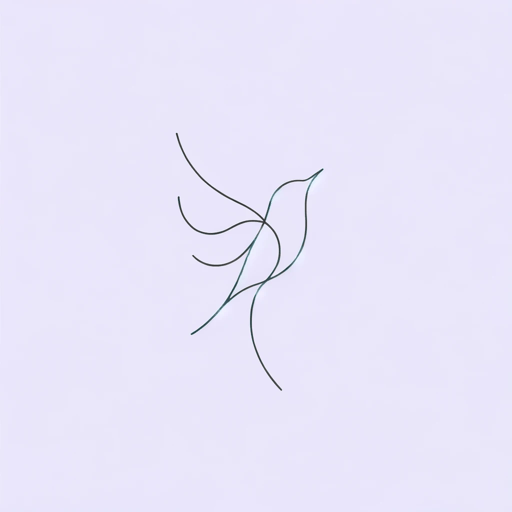
Ode to a Nightingale
John Keats

Ode to Psyche
John Keats

On First Looking into Chapman's Homer
John Keats
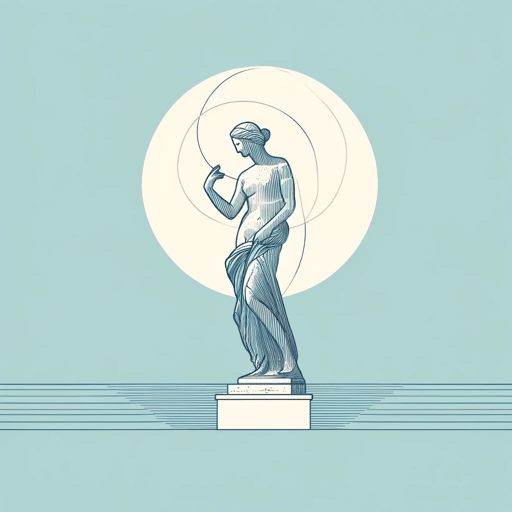
On Seeing the Elgin Marbles
John Keats
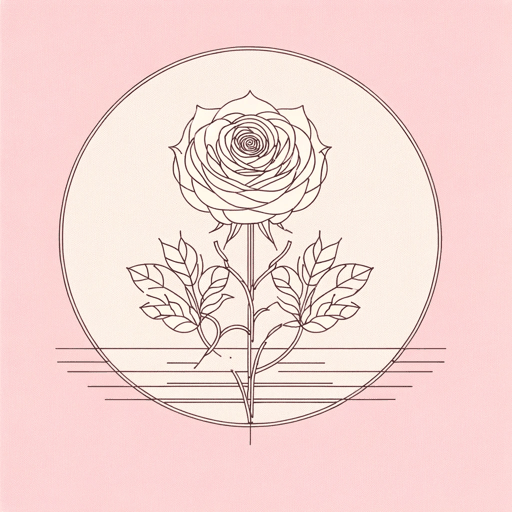
The Eve of St. Agnes
John Keats
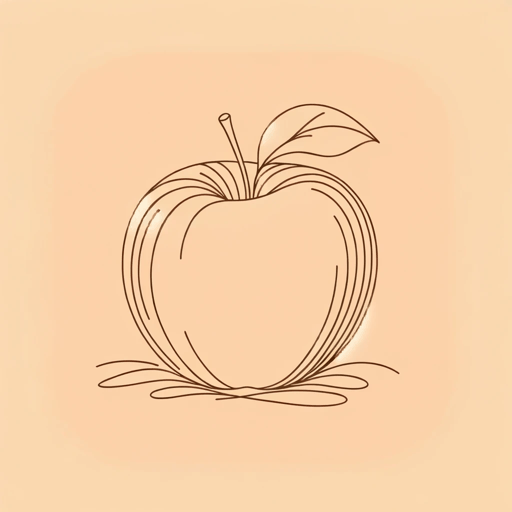
To Autumn
John Keats
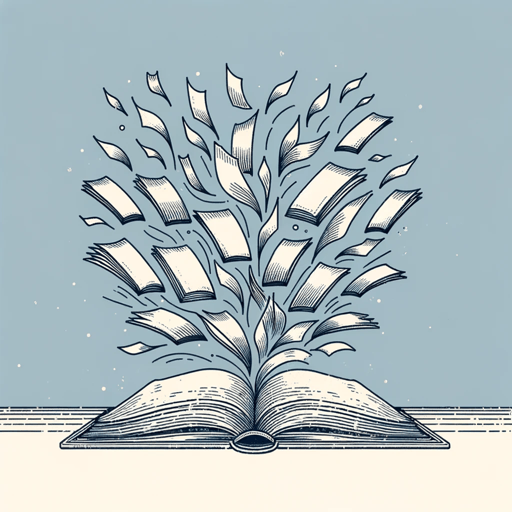
When I Have Fears That I May Cease to Be
John Keats
